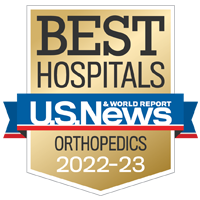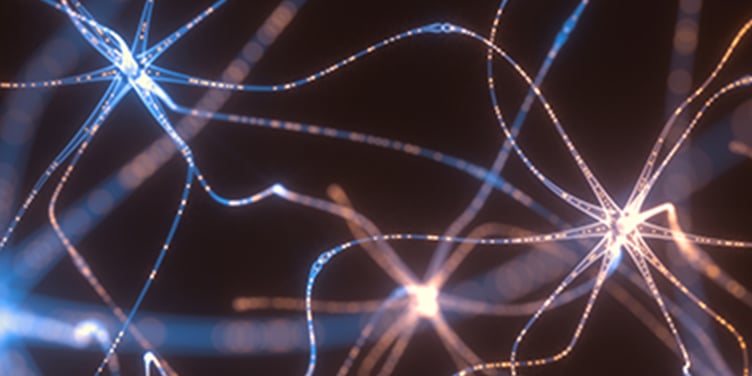
Femoroacetabular Impingement
Femoroacetabular impingement (FAI) is a condition in which the hip joint bones rub against one another during physical activity. The hip is a ball-and-socket joint, with the femoral head (the thighbone’s ball-like top end) located within the acetabulum (hip bone socket). In patients with FAI, either the femur or acetabulum is shaped abnormally – or both are – so they don't fit together as they should. People can be born with the abnormality (there may be a genetic component) or they can develop bone spurs (small bone growths) that result in the condition, which causes pain and may damage the joint.
Over time, FAI can cause tearing of the labrum (the hip socket's protective cartilage) and break down other cartilage lining the joint, which can lead to osteoarthritis.
Most often, people with FAI first notice symptoms in early adulthood, though some people aren't diagnosed until later in life.
Please visit the UCSF Hip Preservation Center website for more information.
Our Approach to Femoroacetabular Impingement
UCSF is committed to helping patients with FAI return to the highest level of activity possible, whether they're enthusiastic weekend warriors or elite professional athletes. Our team includes orthopedic surgeons, primary care sports medicine doctors, physical therapists and athletic trainers, all of whom work together to develop individualized treatment plans for each patient.
Treatment for FAI typically begins with rest, anti-inflammatory medications and physical therapy. We offer the full range of physical therapies, including exercise regimens, functional fitness training and neuromuscular reeducation (techniques that condition the area to move normally again), in addition to providing information on the condition and instruction on proper technique.
When this approach doesn't relieve pain, patients may decide to have surgery. Experts in hip arthroscopy, our orthopedic surgeons make very small incisions and use specialized instruments to remove the bone spurs or address the abnormal bone shapes causing impingement and repair any associated damage. This minimally invasive approach has many benefits to patients compared with traditional surgery.
Awards & recognition
-

Among the top hospitals in the nation
-

One of the nation's best for orthopedic care
UCSF Health medical specialists have reviewed this information. It is for educational purposes only and is not intended to replace the advice of your doctor or other health care provider. We encourage you to discuss any questions or concerns you may have with your provider.





